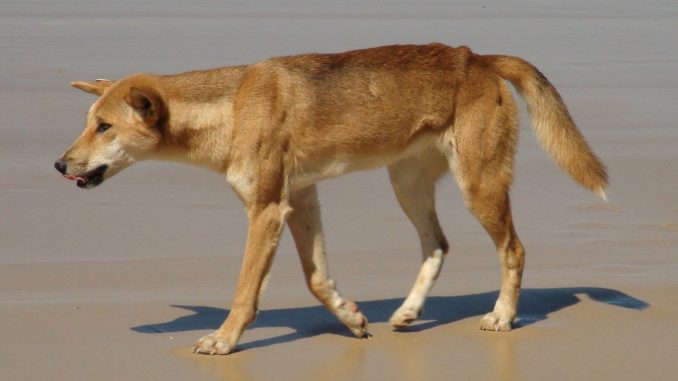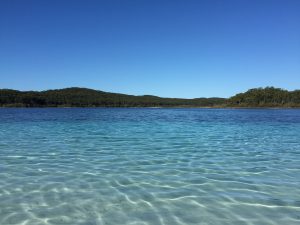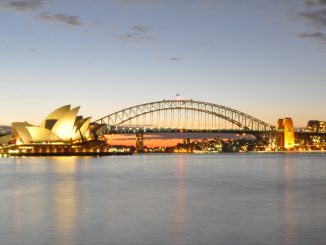
Off the eastern coast of Queensland, Australia at over 120 km, Fraser Island in the largest sand island in the world. Famous for its ribbons of colored sand, rocky cliffs, and freshwater pools this island has become a well-loved camping destination by eco-tourists around the world.
With an area of 1839 km2 and an elevation of 240 meters, this island has been the home to multiple clans of the Butchulla Nation. The Butchulla people’s traditional name for the island was K’gari which translates to paradise, and according to legend a beautiful spirit with the same name helped Yindingie, a messenger of the god Beeral to create the land. As a reward for her hard work and help, K’gari was turned into an island complete with trees, birds, lakes, animals, and people to keep her company.

There is no official record of how long the Butchulla people occupied the island but evidence suggests that it may be as much as 20,000 years. Captain Cook first sighted the Butchulla people during a 1770 expedition, and Captain Matthew Flinders was one of the first white men to have contact and peaceful meetings with the island natives in 1799 and 1802.
The dingoes of Fraser Island are free to roam up and down the beaches as they please, but while they’re not exactly wild, they’re also not exactly tame. Though they have been living on the island for almost 5,000 years, they are not native and were deliberately introduced by South East Asian seafarers. The reason for this release of wild dingoes is completely unknown.
The island was declared a UNESCO World Heritage Site in 1992 and the daily management of the island is today the responsibility of the Department of Environmental Heritage through the Queensland Parks and Wildlife Service. The Australian Government has recognized Fraser Island as one of the best natural tourist destinations in the country, and National Geographic Magazine determined that it is the #7 “must see beach in the world”.
Fraser Island Facts
- The island is known as K’Gari (paradise) to the Aborigines.
- There are more than 100 freshwater lakes on Fraser Island.
- Spread over 184,000 hectares (454,000 acres) Fraser island is the largest sand island in the world and the largest island in Queensland.
- The island is more than 800,000 years old but humans have only veritably lived there for just slightly over 5,000. Some evidence indicates they may have been there for 20,000 years but it has not been proven.
- Eli Creek is the largest creek on the eastern beach and flown more than 80 million liters of crystal clear water into the Pacific Ocean every day.
- Fraser Island is the only place in the world where a rainforest has formed on sand, and averages 150 rainy days a year.
- There have been 23 recorded shipwrecks on the island and the 1935 Maheno Wreck can still be seen today.
- There are more than 900 different plant species on the island, 74 species of reptiles, 18 species of identified snakes (one is pretty dangerous), and 350 species of birds on the island.
- Fraser Island was named for a famous shipwreck survivor Eliza Fraser.
- There are more than 500 dingoes roaming the sandy beaches and inland forests.
- Fewer than 400 people live on the island year round.


